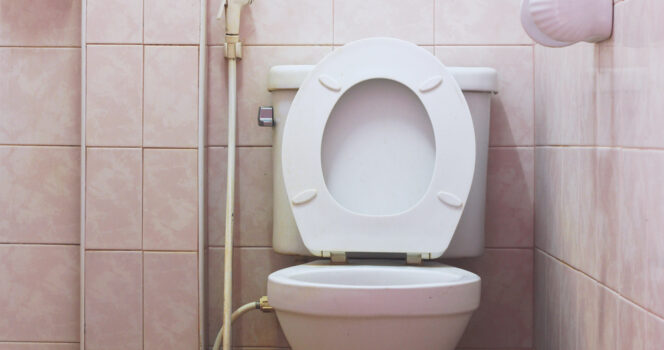One question that often comes up when making ground beef is whether or not to rinse it first. Some say it’s important to get rid of bacteria and extra fat, while others say it’s not necessary. Let’s look at the truth.
It might seem like a good idea to rinse ground beef to get rid of surface bacteria and lower the fat level. However, professionals say that this action may cause more harm than good. If you rinse, you might be spreading germs around the kitchen, which raises the risk of cross-contamination.

To make sure food is safe, the USDA says to cook ground beef until it reaches 160°F (71°C). Since this heat will kill any germs that are there, you don’t need to rinse. In fact, studies have shown that rinsing doesn’t really lower the number of germs.
Rinsing ground beef can also make it lose some of its nutrients. Vitamins that dissolve in water, like B and C, are easily washed away, making your food less healthy.
So, what’s the best way to go about it? Remember to handle food safely: keep ground beef at or below 40°F (4°C), cook it to the right temperature, and keep it from getting contaminated with other foods.

To reduce the amount of fat, you might want to try other ways. Pick ground beef that is lower in fat, cook it in a way that lets the extra fat drip off, like grilling or broiling, or use cooking methods that break down fat, like browning.
To sum up, rinsing ground beef is not the best way to make sure it is safe or lower the fat level. You can enjoy a tasty and healthy meal without sacrificing quality if you follow safe handling guidelines and try different ways to cook.
Learning how to handle ground beef properly will improve your cooking skills, no matter how much experience you have or how new you are to cooking. What do you think? Do you rinse ground beef, or will you follow these tips from experts?


